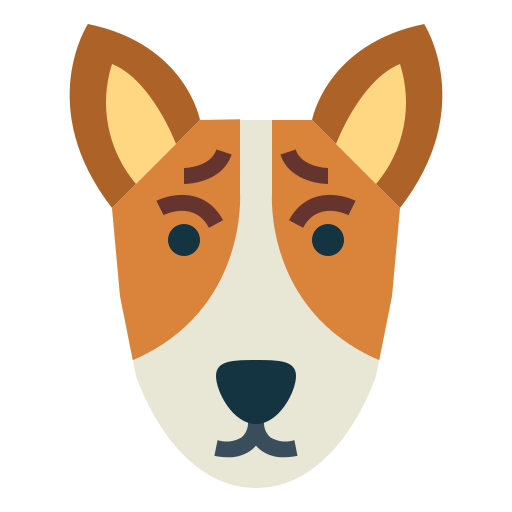New pups and clean teeth
-
Can I ask if basenjis are prone to more dental problems than other dogs? How many of you are brushing your dogs' teeth?
IMO, no more then other dogs… I brush my teeth..ggg.... I brush theirs (would be nice if I could teach them to use the tooth brush themselves...).... and you will find with some different lines (and I am sure this is true for all breeds) some may have more dental problems then others.... Of course usually toy breeds have teeth problems, more than bigger dogs....
-
You can also use raw meaty bones to help keep their teeth clean :)
-
I have just purchased a microfibre toothcleaner for Malaika.
It looks like a tiny sock that you slip onto your finger and clean the dogs teeth with.
The info says that it contains 12,000 more fibres than a conventional toothbrush and each fibre contains antibacterial silver ions which gently removes bacteria and plaque.
Only used it twice so far and she's still getting used to it.
Am also considering getting a jar of paque off to put onto food, need to research it first. -
I do a few things to maintain Kananga's teeth. I apply Petzlife Gel a few evenings a week right before bedtime. I'll usually try and brush his teeth a couple times per week, mostly on the weekends. But I also give him a flat rawhide to chew on throughout the month which has really helped break down the tartar on his back teeth (which are usually the tougher ones to brush).
So with all of those methods combined, it really keeps his teeth pearly white. My dentist had recommended the flat rawhide one. She said that's one of the best ways they can keep their back teeth clean.
-
I gave up brushing a long time ago. Gizmo would have nothing to do with it.
His teeth did have a bit of yellow so I started giving him ProDen PlaqueOff and his teeth are a stunning white, and his breath is fresh.
Sounds like a sales pitch I know, but I am VERY pleased with the results.
-
Thanks for sharing! I found a retailer on the website here in the US. I am eager to try it for my critters and maybe for us humans too!
-
You're welcome. Don't let the price scare you, you use very little. I have had the one "package" for a long time now…must be a few months, and not at half way yet.
I have found using it on kibble/dry food is a must. The thing is the dog has to chew it. Wet/raw food usually is gulped down. So Gizmo gets dry food for breakfast (with PlaqueOff in it), and raw for dinner.
Let us know the results.
-
Plaque off sounds good and i noticed too that you can get a human version.
It has quite a high Iodine content so mustn't be used on animals with hyperthyroidism.
That rules one of my cats out but i am certainly considering investing in some. -
Hm, never noticed the human version. Hope I can get it here….which I kinda expect since it's "harvested from the seas of Norway"....lol
If it helps me as much as Gizmo I will be in shock and joy!
What I don't understand is it's in tablet form....how can it help teeth if you swallow it whole? Says it works through your blood stream....eh...okay...
Looks like I might have unwittingly given clean teeth for the dogs and humans here....haha!
